- Learning time
- 20 minutes
- First play time
- 60 minutes
The Quest for El Dorado
Designed by: Reiner Knizia
The Quest for El Dorado is a race, where each player is hacking, sailing, or staggering their way across South America to be first to the titular city.
The board is actually many boards that can be combined in numerous ways. Each is divided into hexes showing the various landscape to be crossed on your journey: the green jungle, blue water, and yellow villages. There are also mountain hexes that cannot be crossed… You and all players begin your journey with a small deck of cards, that you will notice match the colours on the boards. On your turn, you deal yourself four cards from your deck and can use them to move your explorer across the landscape, toward your goal, or remove obstacles in the path. When a card is used, it is discarded.
But – you can also use your cards in another way: to buy more cards, in order to improve your deck: moving across three jungle hexes instead of one, for instance. There are six types of card available in what serves as a market, and as soon as one type is sold out, other, even more alluring, cards become available as well. Your yellow cards double as money, and any other colour cards are worth half a coin.
When your deck runs out, your discard pile is reshuffled, and become the draw deck again.
There are also cave hexes on the boards where you can pick up a cave tile. These can be very helpful on your journey, but you don’t know what you’ll find until you get to the cave, which might be a little out of your way.
The game ends when at least one player reaches El Dorado, at which point the current round becomes the last. If more than one player has reached El Dorado, ties are broken based on who removed the most obstacles.
Joe says
What is it about deck-building that is just so ticklish and satisfying? It seems to me it's two things: building your deck scratches the collecting itch that many of us suffer from; and each turn, dealing a small hand of exciting cards and figuring out how to use them. El Dorado combines both these joys with a very simple race mechanism, which has the added nuance that any bad hand you get might be used to stall the other players. It's just great fun.
The guru's verdict
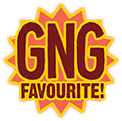
-
Take That!
Take That!
As adventurers can't pass through the same hex at the same time, players can block each other when opportunity presents itself. But outside of that the Take That element is pretty absent.
-
Fidget Factor!
Fidget Factor!
Very low. The game plays nice and fast.
-
Brain Burn!
Brain Burn!
Your only choices each round are how to expend your four cards. As they can be used as travel or coin it's not a game where decisions tend to be agonising.
-
Again Again!
Again Again!
The modular set-up brings variety; the cards bring some randomness. The game also affords different strategies too - to charge ahead quick-sticks, or build a powerful deck for the latter stages of the journey?

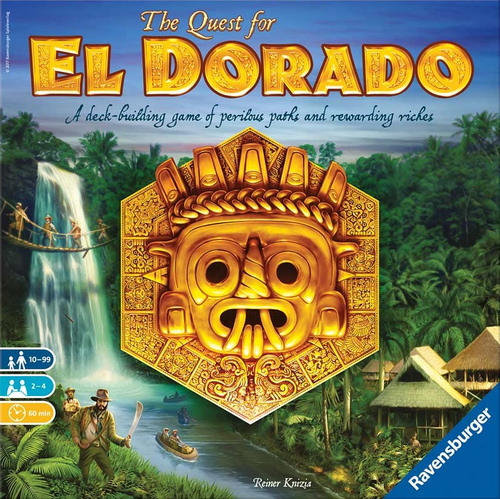
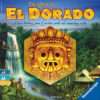
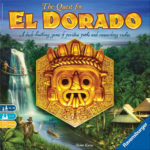
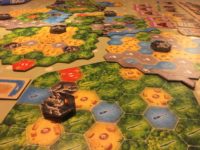
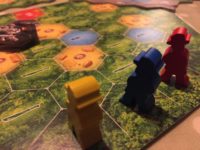
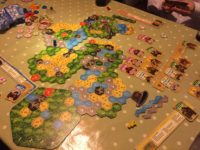
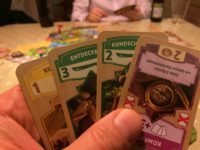
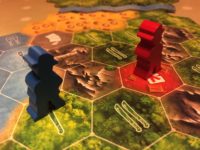



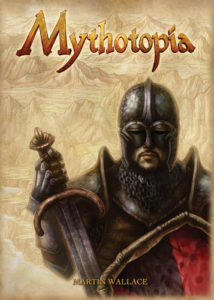
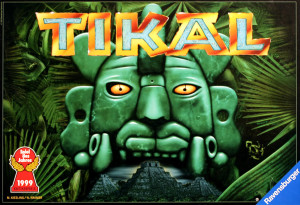
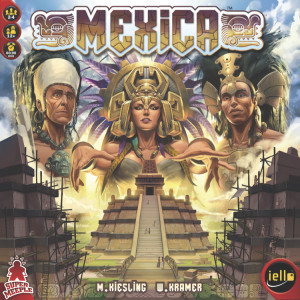
Sam says
It's a lovely game, I feel, in that it has a simple goal and easily accessible rules. But at the same time it poses a challenge that will tickle adults as much as it will children: you have to balance the temptation to improve your deck with the need to keep moving. Rather delightful.